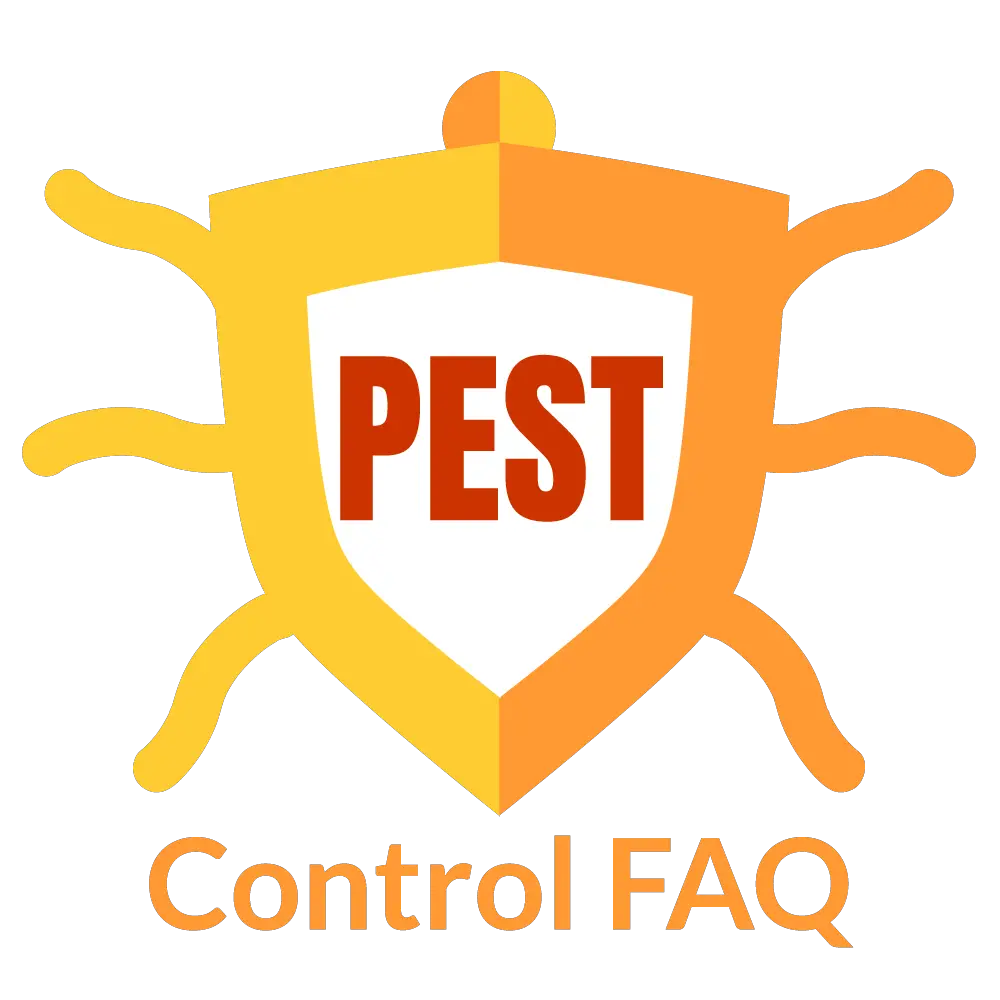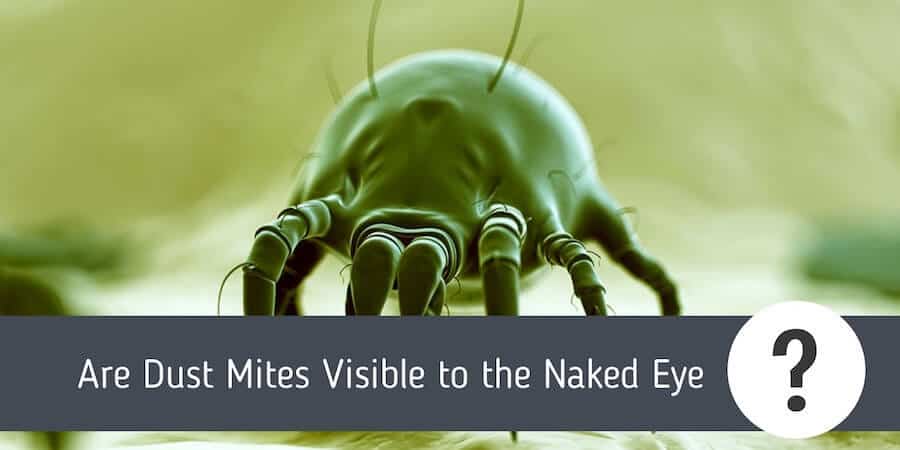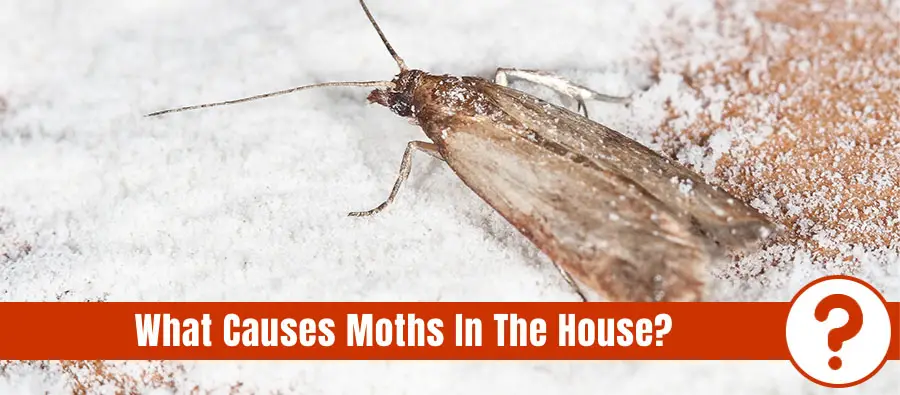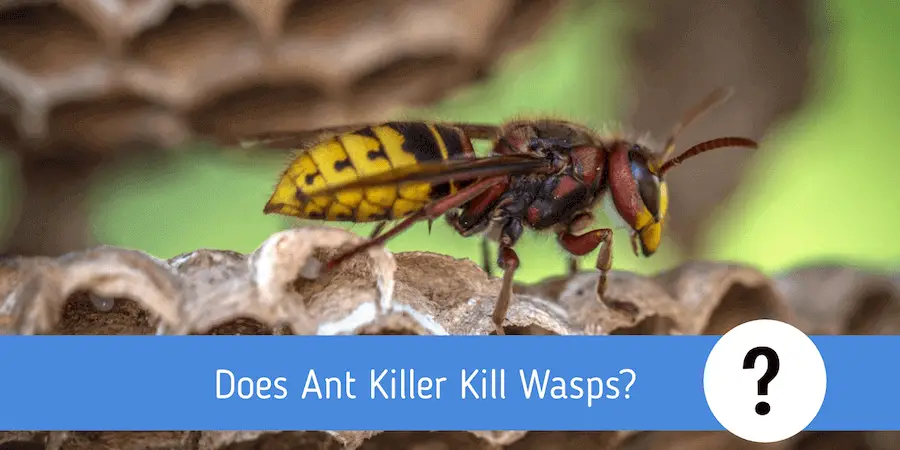The thought of having millions of microscopic bugs living in your pillow and eating your hair, dead skin, and dander while you are sleeping can definitely cause anxiety. Dust mites are common in a home and do not pose an immediate threat to humans. In this article, you are going to learn more about dust mites and their origins, as well as how to detect and control their population.
So, are dust mites visible to the naked eye? Dust mites are microscopic insects that are related to spiders. Without the aid of a magnifying tool such as a microscope, you will not be able to see dust mites. A large dust mite would measure around 0.3 millimeters in size, making it impossible to see with the naked eye.
Table of Contents
Dust Mite Overview
The Dermatophagoides farinae is the most common species of house dust mites found in the US. They are closely related to spiders falling under the phylum Arthropoda. They measure around 0.2mm – 0.3mm in length and would need at least 10x magnification to actually be seen.
The prime habitat of a dust mite would be in a bed. A single mattress can be home to millions of dust mites, and a single mite can produce about 20 droppings each day. They thrive in warm and moist environments and feast on dander.
Dander is basically human or animal dead skin or hair. When you look at the dust floating around at morning through a sunbeam, that is actually your own skin floating about. Each week, an average human shed about 0.2 ounces and about 80 percent of this ends up in furniture, curtains or linen.
Mature female dust mites can produce around 40 to 80 eggs, either all at once or in smaller groups of threes and fives. The eggs hatch into larvae that go through two nymphal stages, after the second molting the mature dust mite with eight legs emerge.
Since they thrive in humid conditions, dust mites are plentiful during summer and reduce in population greatly in colder seasons.
Are Dust Mites Harmful?
Though they are overly disgusting to think about, dust mites are practically harmless. However, people who have allergies may be triggered to a reaction given that the protein found in dust mite feces.
Each dropping contains allergy-inducing proteins that originate from the dander they consume and the secretions in their digestive tract. These proteins produce antibodies that activate Type I hypersensitivity reactions. The allergy is incurable, but it can be prevented.
Symptoms of Dust Mite Allergies
There are dozens of signs and symptoms that can point to a dust mite allergy. Some people are affected by two or more of these symptoms.
- Itchy, Watery Eyes
- Runny Nose, Sneezing and Nasal Congestion
- Asthma
- Eczema
- Scratchy Throat
- Headaches
- Swollen eyes
- Coughs
These symptoms can be mild or severe, depending on how much dust mites you have at home. Due to the severity of these symptoms individuals are unable to sleep, which leads to fatigue and even depression.
Symptoms get worse in poor conditions. When there is inadequate ventilation, high humidity, indoor pollution like tobacco smoke, and high temperatures, dust mites multiply and your allergy symptoms intensify.
In order to confirm if your allergies are caused by dust mites, diagnostic examinations like skin tests and blood tests can be done.
How to Detect Dust Mites?
Being microscopic and practically harmless, you wouldn’t be able to tell if there are dust mites in your home. Pest control personnel are often called in by people who have already been medically diagnosed with allergies triggered by these mites.
In order to confirm their presence, samples from mattresses, pillows, couches, and carpets must be collected and checked under a microscope with the appropriate magnification. However, these tests are deemed unnecessary because dust mites are common everywhere you go and it will most definitely show up in every test. Getting your home tested would just be an added expense you may not want to splurge on. Instead, it would be better to take the necessary measures to lessen the number of dust mites in your home.
How to Control Dust Mites?
Once you have confirmed a high number of dust mites in your home, it’s time to take the necessary steps in controlling their population as well as preventing further multiplication. Here are a few things you can do:
General Clean-Up
Once you have confirmed the excessive presence of dust mites, it’s time to do a little spring cleaning. Change your curtains, wash your linen and vacuum every nook and cranny of your home. Get rid of items you do not use that just collect dust.
Routine Cleaning
Once you have done your initial clean up, you must keep a daily cleaning routine in place. This ensures that there are less dust and dander for them to thrive on. Ideally, to avoid a thick accumulation of dust, vacuuming and dusting must be done at least twice a week. Sheets should be changed every 14 days. Depending on how many people live in your home, the frequency of cleaning may be increased. Remember, dust mites feed on dead skin and hair, the more people in a home, more dander will be around.
Reduce Temperature and Humidity
Dust mites thrive in warm and humid conditions. Temperatures above 70o F and humidity levels over 50% will be ideal for them. If possible, keep your ambient temperature below 70o F by using an air conditioning system and humidity below 50% by using a dehumidifier.
Clean Your Sheets and Pillows
Unlike carpets and curtains, beddings need to be cleaned regularly because you spend at least 6 to 8 hours on them when you’re asleep, making you highly susceptible to inhaling their fecal matter that would cause allergies.
According to experts, linen should be washed at very high temperatures to ensure that they are killed off. Other fabrics that cannot be washed in hot water, should be placed in the freezer for at least 24 hours to kill dust mites.
Pillows should be washed and exposed to sunlight and can be covered with a dust mite cover that makes them impervious to dust mites. This covering must be cleaned at least once a year.
Use Synthetic Fabrics and Materials
According to research, feather pillows and wool blankets provide good homes to dust mites and bed bugs. Using synthetic pillow fillings and cotton blankets will definitely be better. An additional blanket of protection would be the use of dust mite covers.
Protect Your Mattress
After cleaning your mattress and exposing it to sunlight, you can cover it with a dust mite cover or plastic. Using a polyurethane cover over your mattress makes it safe from the accumulation of dander, moisture, and dust. People with severe allergies are advised to use hypoallergenic pillows and mattresses to completely avoid contact with dust mites.
Steam Clean Surfaces You Cannot Put in the Wash
Aside from being able to remove deep-seated grime and dirt, steam cleaning removes bacteria and dust mites on certain surfaces. By steam cleaning, you are able to eliminate the use of harmful chemicals and save on expenses as well. It is an organic and economical way of cleaning your home.
Remove Carpeting
Carpets are home to millions of dust mites per square foot. Regular vacuuming can help lessen their population, but with severe allergies, it would be recommended that the flooring be changed to laminates, tiles, wood or vinyl.
Clean Children’s Stuffed Toys
The number one collector of dust in your child’s room would be the stuffed animals. These toys will gather up thousands of dust mites, and if your child is allergic, you will notice the change one you have removed or cleaned the toys they play with.
Placing these toys in the freezer for 24 hours or washing them in extreme heat can kill the dust mites. Be sure to store unused toys in airtight bags or containers.
Use Air Purifiers, Air Filters, and UV Light
If you have the budget, investing in a few gadgets can definitely stop the dust mites from the very source.
A. Air Purifiers
The role of air purifiers is to reduce the amount of dust in the air. By doing this, we are controlling the amount of food dust mites can access. Without food, their population will deplete.
The most effective type of air purifier ar the ones equipped with a High-Efficiency Particulate Air (HEPA) filter, they are said to be able to remove up to 99 percent of dust and other allergens like pollen within the area.
B. Air Filters
Separate air filters can be purchased and installed in air conditioning vents or fireplaces. Ordinary filters can remove 60 to 70 percent of the material, whereas HEPA filters are close to a hundred percent efficiency. There are dozens of air filters in the market, choosing the best would definitely depend on the frequency of use as well as the severity of your allergies.
C. UV Light
Ultraviolet (UV) light has been used for years in sterilization procedures. According to various studies and research, UV light has the ability to kill bacteria, viruses, dust mites, dust mite eggs, fungi, and mold. However, the effectiveness of this tool is dependent upon the strength of the light as well as the number of microorganisms in a given space.
Conclusion: Are Dust Mites Visible to the Naked Eye?
Even though we are unable to see dust mites with our naked eyes, their presence is definitely felt especially by people with severe allergies. Don’t wait for your condition to worsen, take action today and control their population.
Related questions
Do rodent repellent granules work? Repellent granules are used to steer away rodents from a specific space. It works the way it is supposed to, but there are limitations. Placing these granules in an area of the house will just make the rodents avoid that region. For effective use, it must be well-distributed and strategically placed. (full article here)
What attracts stink bugs to your house? Main reasons why stink bugs are attracted to your home are: Presence of a garden or a farm in a compound or close by; Attraction to light; Bad and unhealthy habits of house occupants; The release of a chemical substance by stink bugs (full article here)
Does insect repellent expire? DEET-based or picaridin-based repellents don’t have an expiration date. If the repellent contains IR3535 (which is commonly added to skincare products), then there is an expiration date that is usually between 18 and 36 months after it is packaged. If you have no idea what kind of repellent you are using, try to use your common sense. (full article here)





